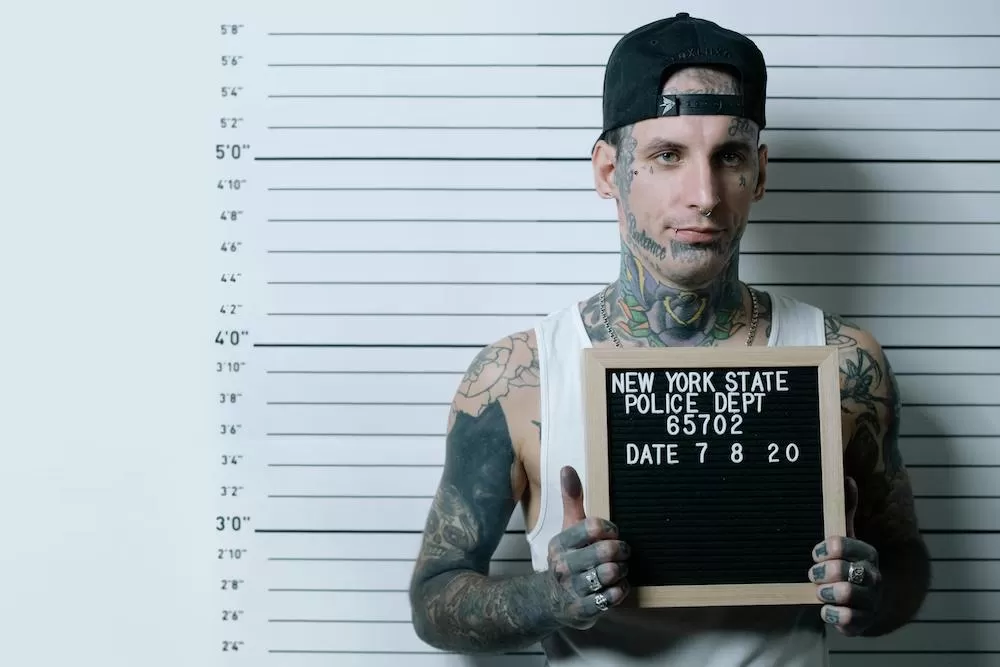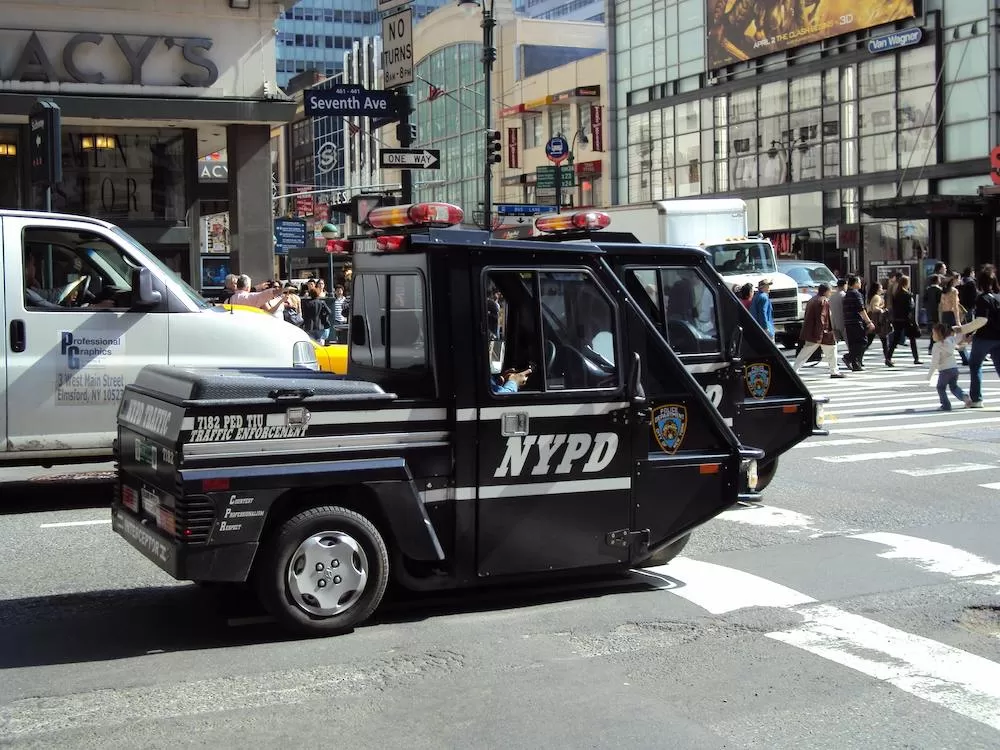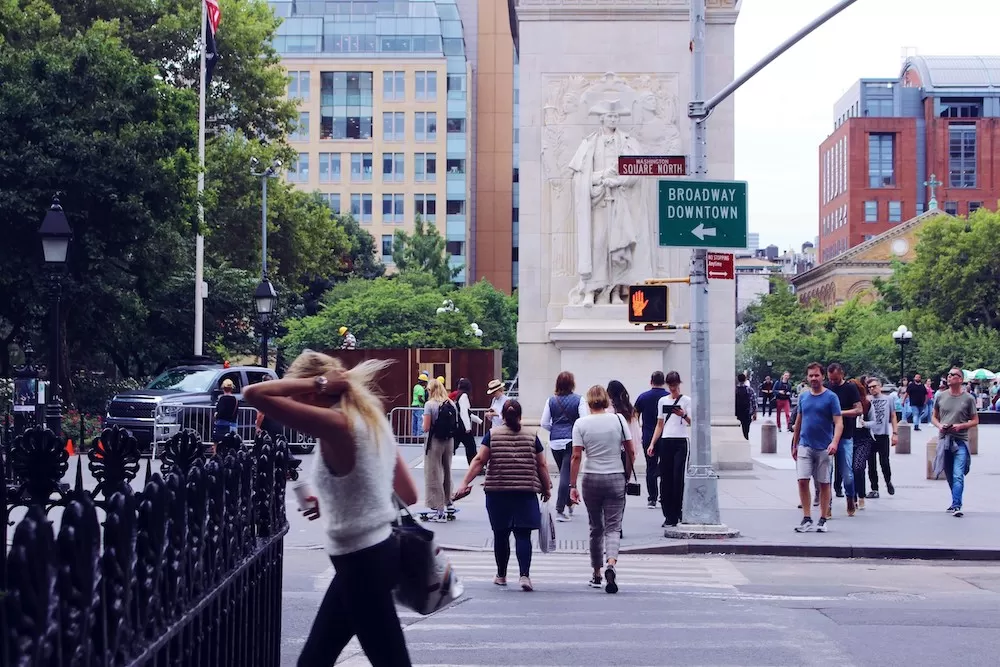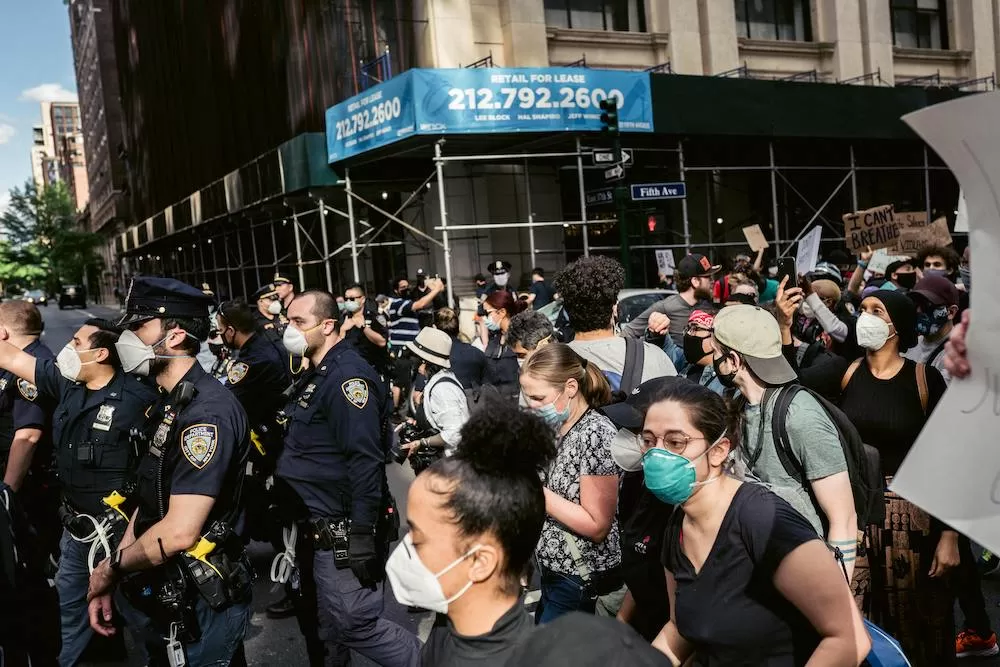The
New York City you've seen in movies and TV series is more or less a fictionalized, and oftentimes glamorized, version of the metropolis. The city is a lot grittier than you might expect, complete with moderate-to-high crime rates, several sketchy areas, and unhinged New Yorkers roaming about without a care in the world. All of this may seem unnerving, sure, it's still worth questioning whether they’re enough to consider the Big Apple a dangerous city. New York City is inarguably far from the safest, but it's unfair to just plainly say it’s dangerous when there are still many safe neighborhoods, a famous police force, and more.
New York City's Crime Rates
If you're concerned about how dangerous New York City truly is, take a look at
its crime rates. Currently, the city's general crime rate is 55.29%, which is considered moderate. This alone already proves that the city is far from the crime-ridden hellscape people make it out to be. It's simply average in the grand scheme of things, which is par for the course for major metropolises. With that said, however, New York City's rate of increasing crimes is at a concerning 60.69, which is considered high. So while things are still fairly moderate, the city hasn't done enough to decrease its crime problems.
Is Violent Crime Rampant in New York City?
Generally speaking, no, it's not. According to Numbeo, most of New York City's rates of violent crime are fairly moderate. The rate for physical assault and armed robbery, for example, is only 58.29%. Mugging and theft, on the other hand, which are notoriously common in many
neighborhoods in New York City, are only 49.91%. As for which crime is most rampant in the city, that title belongs to drug dealing, which is at an alarming 61.74%. This is no surprise considering most major cities have big drug problems.
Petty Crimes in the Big Apple
Coincidentally, petty crimes still pose a bigger problem for New York City than violent crimes. Vandalism and pickpocketing both rate at about a combined 58.29%, making them the second-most rampant crimes in the city, right after drug dealing. At the same time, Rosenblum Law and the Governor's Traffic Safety Committee saw that speeding causes about 30% of all traffic incidents in the city. Fortunately, things are looking up and continue to improve over time. Pickpocketing, which is still a major concern in New York City, has substantially decreased since the 2000s. Though the city still reports approximately 3,000 pickpocketing incidents every month, Sage Publishing also noted that the city's overall cases decreased from about 20,000 in the 1990s and 5,000 in the early 2000s.
The World-Famous NYPD
The general public may view the police in a negative light these days, but they still deserve a bit of recognition for their work in keeping New York City safe. For one thing, the world-famous NYPD is the largest municipal police department in the US. The force currently has around 36,000 officers and about 19,000 civilian employees. Thanks to their hard work, New York City manages to maintain a fairly high safety rate, which is at 68.50% during the day and only decreases to about 46.04% at night. That's still worth something considering that the NYPD is responsible for policing around 8.5 million people across 468 square miles.
Is New York City Safe for Women?
While New York City is generally safe for women, it can and should still improve moving forward. New York State's Office for the Prevention of Domestic Violence saw that about 21% of homicide victims were females. This was a significant decrease from the 22% in 2022 and even more so from the 31% in 2019. This may seem good at first, but the Big Apple still has a major problem with how it treats women, even in public. Another survey even saw that 53% of all women have experienced some sort of harassment when taking
public transport in New York City. So overall, the city still has a lot to do to make women feel safer.
The City's Safest Neighborhoods
Regardless of how much people claim New York City is dangerous, it still has a good number of safe neighborhoods. Even other
New York City boroughs beyond Manhattan have more than one safe neighborhood, further proving that the city isn't as crime-ridden as many think it is.
The Safest Neighborhoods in Manhattan:
- Battery Park City
- Gramercy Park
- Greenwich Village
- Kips Bay
- Park Avenue
- Tribeca
- Upper East Side
The Safest Neighborhoods in Brooklyn:
- Bay Ridge
- Brooklyn Heights
- Dumbo
- Park Slope
The Safest Neighborhoods in Queens:
- Bayside
- Douglaston-Little Neck
- Forest Hills
- Middle Ridge
- Rego Park
Top Areas to Avoid
Just with any other major metropolis, New York City still has its fair share of dangerous neighborhoods. What's notable about them is that they're spread out throughout the different boroughs. Manhattan, for instance, has East Harlem, which is notorious for having the highest crime rates on the island. Brooklyn, on the other hand, has Brownsville and Bedford-Stuyvesant. Unfortunately for the Bronx, the borough has the largest number of areas to avoid in the city. They include Mott Haven, Fordham, and most notably, Hunts Point, which is generally considered the most dangerous neighborhood in New York City.
Tips for Staying Safe in New York City
Here are a few tips that are sure to help you when you navigate the Big Apple. Though you never know what might happen in this bustling metropolis, it still pays to move carefully.
- Use sturdy bags to keep your valuables safe when you go out.
- Wear shoes that are easy to run in.
- Stay in well-lit areas.
- Always explore unfamiliar places with locals who know the area.
- Be careful when hailing cabs on the street.
- Rely on transportation apps to travel at night.
- Stay alert when riding the
New York subway.
- Avoid eye contact with strangers when you're on the subway.
- Learn different languages in case they come in handy!
New York has long held an unpopular reputation as a dangerous city. As a major metropolis, it’s undoubtedly far from the safest city in the world, but whether it deserves to be called dangerous requires further scrutiny.




